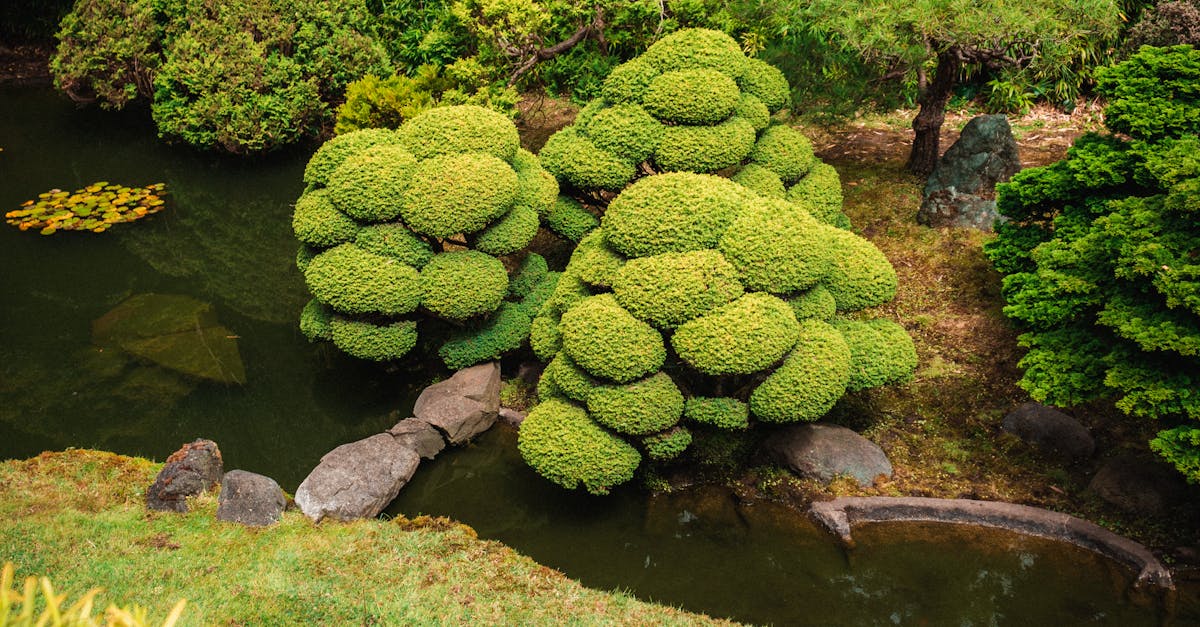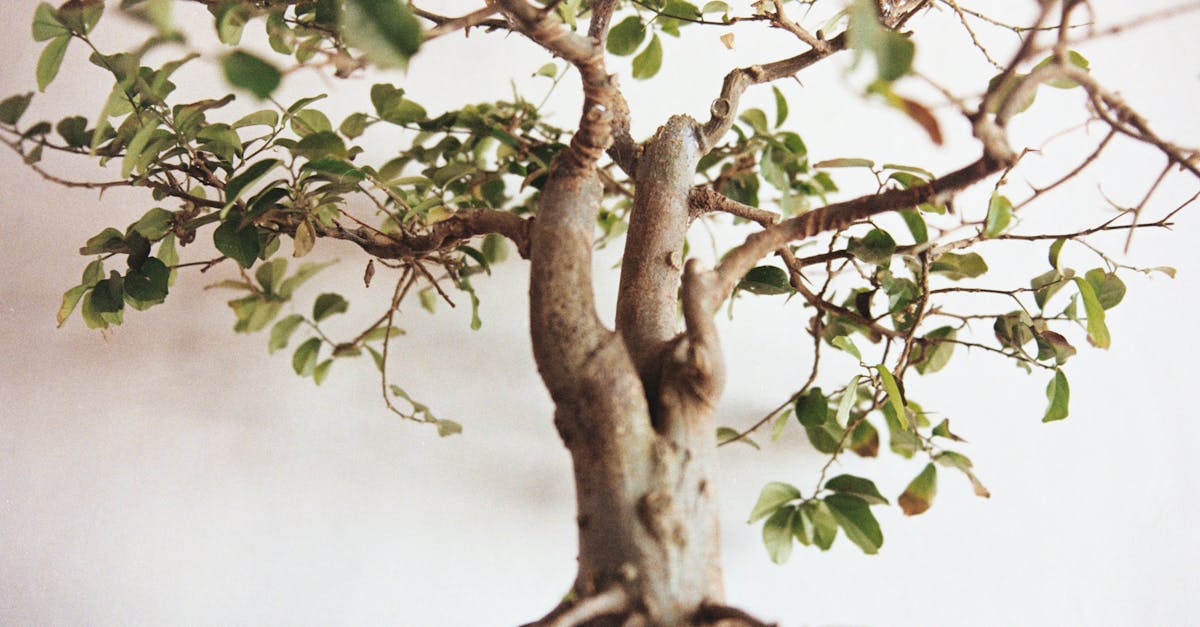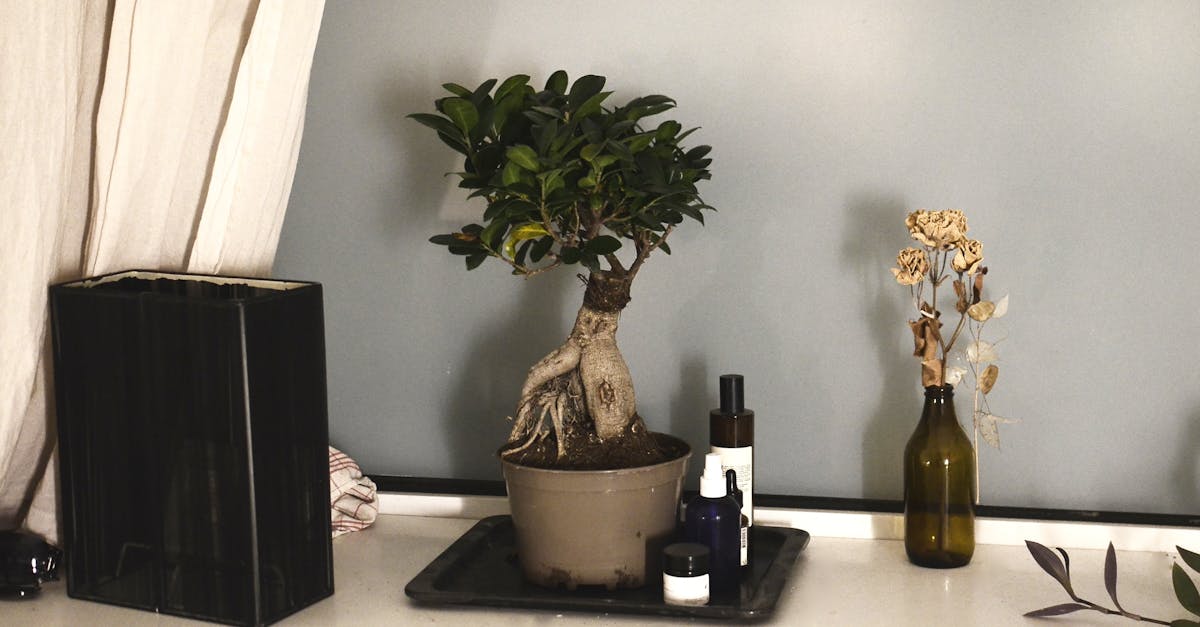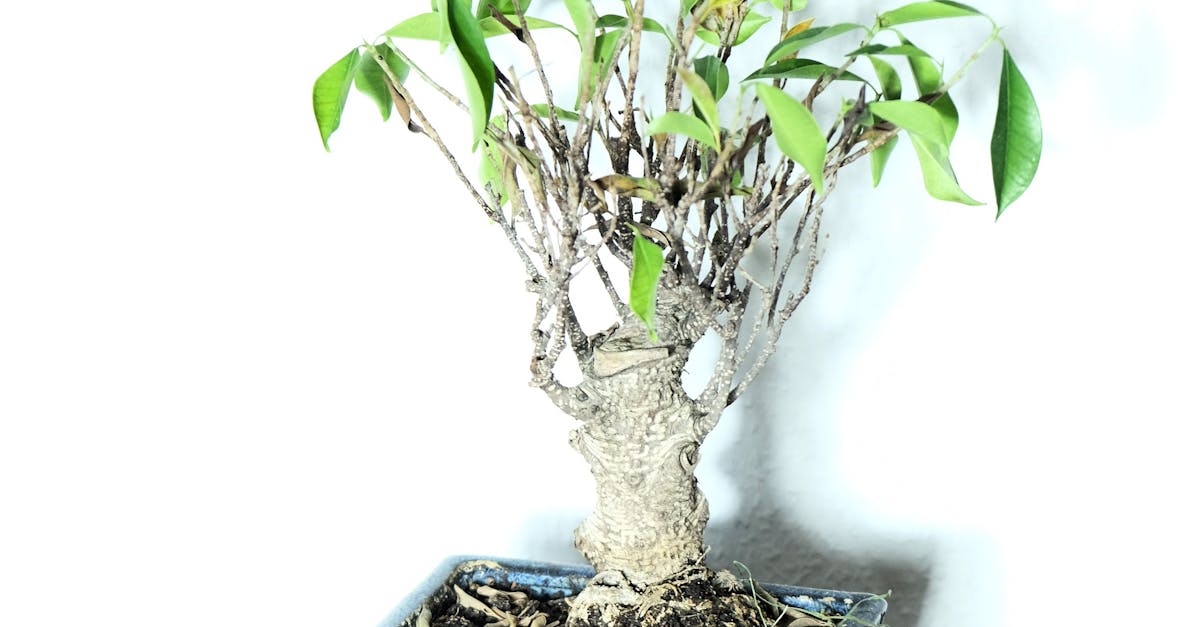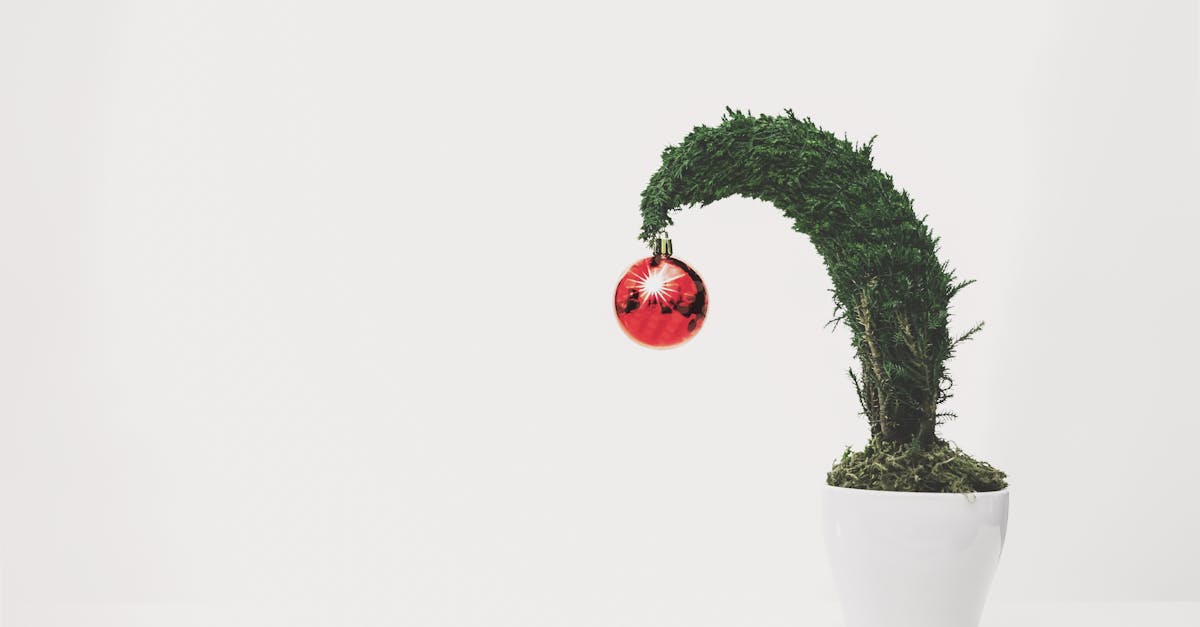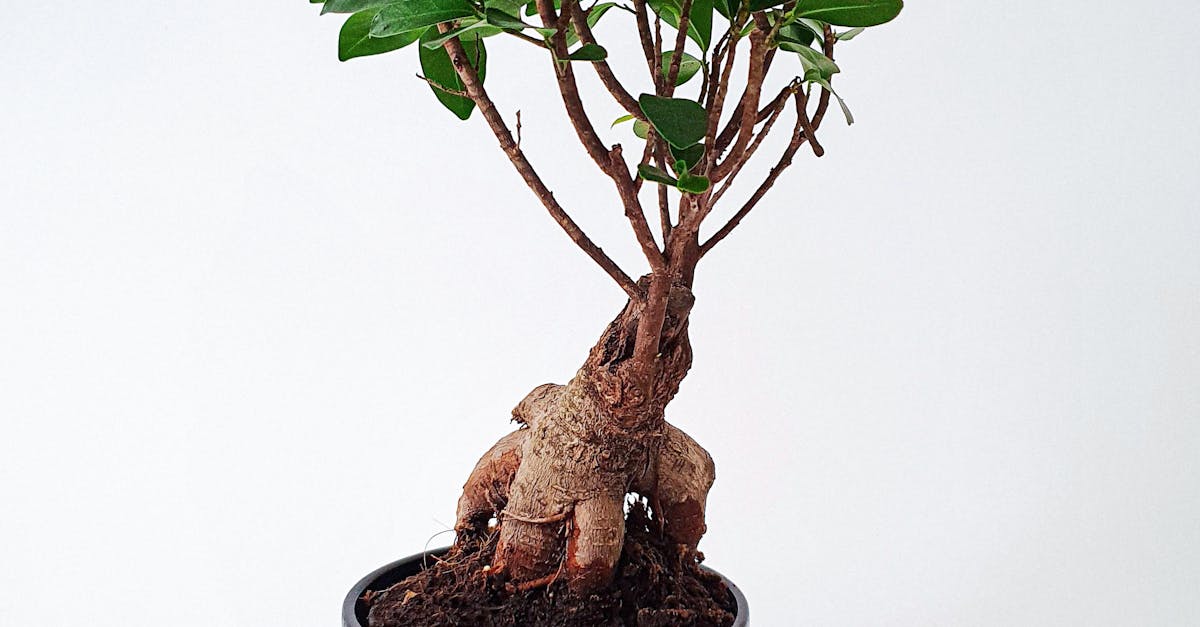The Art of Cultivating Microclimates: A Step-by-Step Guide to Nurturing Indoor Bonsai
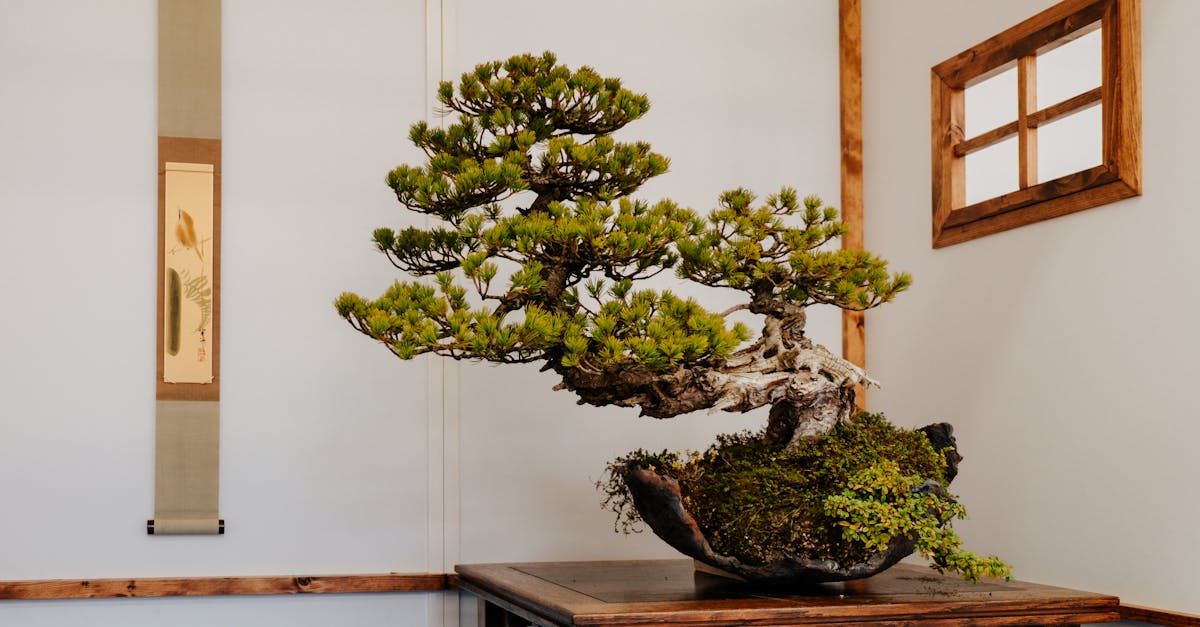
Cultivating a Serene Haven: A Comprehensive Guide to Creating Microclimates for Indoor Bonsai
Bonsai, the enchanting art of miniaturized trees, brings the tranquility of nature into the confines of one’s home. However, cultivating these delicate specimens indoors requires a keen understanding of their environmental needs. Creating an optimal microclimate is paramount to their well-being, ensuring their vitality, resilience, and enduring beauty.
Microclimates, by design, emulate the specific environmental conditions that align with a bonsai’s natural habitat. Understanding the interplay of temperature, humidity, air circulation, and light is vital to replicating these conditions indoors. This comprehensive guide will provide invaluable insights into the intricacies of microclimate management, empowering you to create a thriving ecosystem for your cherished indoor bonsai collection.
1. Understanding the Importance of Microclimate
Understanding the Importance of Microclimate
Microclimates play a pivotal role in the well-being of indoor bonsai, significantly influencing their growth, resilience, and longevity. By mimicking the specific environmental conditions of their natural habitats, microclimates provide the optimal parameters for bonsai health and vitality.
Firstly, microclimates regulate temperature, a crucial factor for bonsai growth and development. Different species have specific temperature requirements, and maintaining optimal ranges is essential for their survival. Deviations from these ranges can cause stunted growth, leaf drop, and even death. Microclimates allow for precise temperature control, ensuring the well-being of bonsai throughout the year.
Furthermore, microclimates influence humidity levels, another critical element for bonsai health. Adequate humidity prevents leaf dehydration, reduces the risk of pests and diseases, and promotes overall plant vigor. By controlling humidity, microclimates create a favorable environment for bonsai to thrive, preventing issues such as leaf scorch and yellowing.
2. Factors that Influence Microclimate
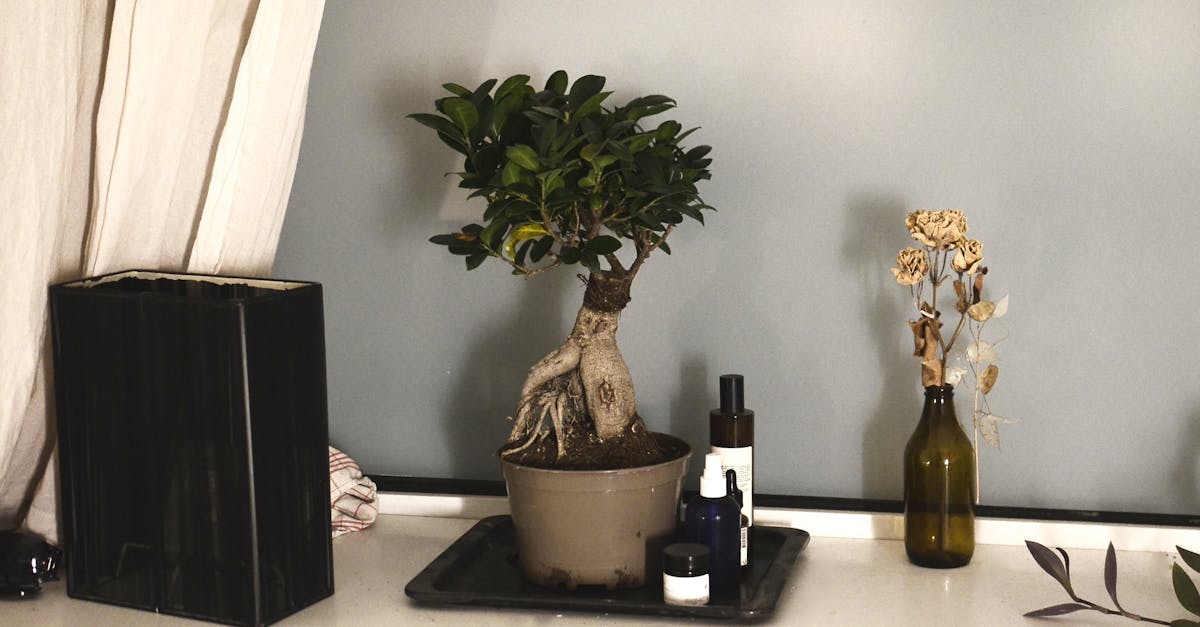
Factors that Influence Microclimate
The microclimate of an indoor bonsai environment is influenced by a multitude of factors, each playing a crucial role in the well-being of the tree. Understanding and controlling these factors is essential for creating an optimal microclimate that supports bonsai health and vitality.
Temperature: Temperature is a primary factor that affects bonsai growth and development. Different species have specific temperature requirements, and maintaining optimal ranges is crucial for their survival. Deviations from these ranges can cause stunted growth, leaf drop, and even death. Temperature can be controlled using heat mats, grow lights, and proper placement of the bonsai.
Humidity: Humidity levels are another critical factor for bonsai health. Adequate humidity prevents leaf dehydration, reduces the risk of pests and diseases, and promotes overall plant vigor. Bonsai enthusiasts often use misting, humidifiers, and humidity trays to increase humidity levels. It’s important to maintain humidity levels within the optimal range for the specific bonsai species.
3. Optimizing Temperature for Bonsai Health
Optimizing Temperature for Bonsai Health
Maintaining optimal temperature ranges is crucial for the well-being of indoor bonsai. Different species have specific temperature requirements, and deviations from these ranges can lead to stunted growth, leaf drop, and even death. Understanding the temperature needs of your bonsai species is essential for creating a healthy microclimate.
Heat Mats: Heat mats are an effective way to provide supplemental warmth to bonsai trees, especially during colder months or in regions with fluctuating temperatures. Place the heat mat beneath the bonsai pot, ensuring the roots are not in direct contact with the heat source. Monitor the temperature closely to avoid overheating the roots.
Grow Lights: Grow lights can also help regulate temperature, particularly for bonsai species that require higher temperatures or longer daylight hours. Position the grow lights at an appropriate distance from the bonsai, taking into account the specific light requirements of the species. Ensure proper ventilation around the grow lights to prevent excessive heat buildup.
4. Humidity Control for Thriving Bonsai
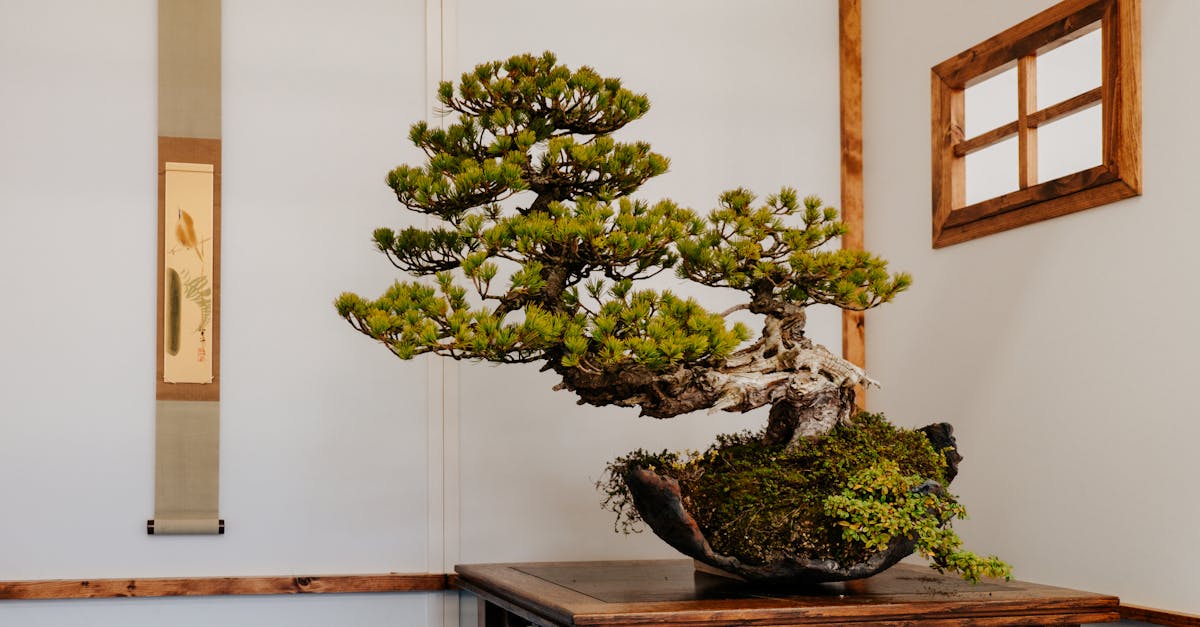
Humidity Control for Thriving Bonsai
Maintaining adequate humidity levels is essential for the health of indoor bonsai. Humidity helps prevent leaf dehydration, reduces the risk of pests and diseases, and promotes overall plant vigor. Different bonsai species have varying humidity requirements, so it’s crucial to research the specific needs of your trees.
Misting: Misting is a simple and effective way to increase humidity levels around bonsai trees. Use a spray bottle to gently mist the leaves of your bonsai, avoiding overwatering the soil. Misting can be done several times a day, especially during dry or winter months.
Humidifiers: Humidifiers are another option for increasing humidity levels. Place the humidifier near your bonsai trees, but not directly on top of them. Monitor the humidity levels closely to ensure they remain within the optimal range for your bonsai species.
5. Enhancing Air Circulation for Healthy Growth
Enhancing Air Circulation for Healthy Growth
Good air circulation is essential for healthy indoor bonsai. It helps prevent stagnant air, which can lead to fungal diseases and other health issues. Additionally, proper air circulation promotes even growth and helps strengthen the bonsai’s trunk and branches.
Fans: Using fans to circulate air around your bonsai is an effective way to improve airflow. Position the fan so that it gently blows air over the bonsai, but not directly at it. Avoid placing the fan too close to the bonsai, as this can cause the soil to dry out too quickly.
Open Windows: Opening windows, when possible, is another great way to improve air circulation. However, be mindful of drafts, as they can be harmful to bonsai.
Quiz
1. Which of the following is NOT a key factor that influences the microclimate of an indoor bonsai environment? (a) Temperature (b) Humidity (c) Soil pH (d) Air circulation
2. True or False: Maintaining optimal temperature ranges is crucial for the well-being of indoor bonsai. (a) True (b) False
3. Which of the following is an effective way to increase humidity levels for indoor bonsai? (a) Misting (b) Using a humidifier (c) Placing the bonsai in a closed container (d) Both (a) and (b)
Answer Key
- (c)
- (a)
- (d)

